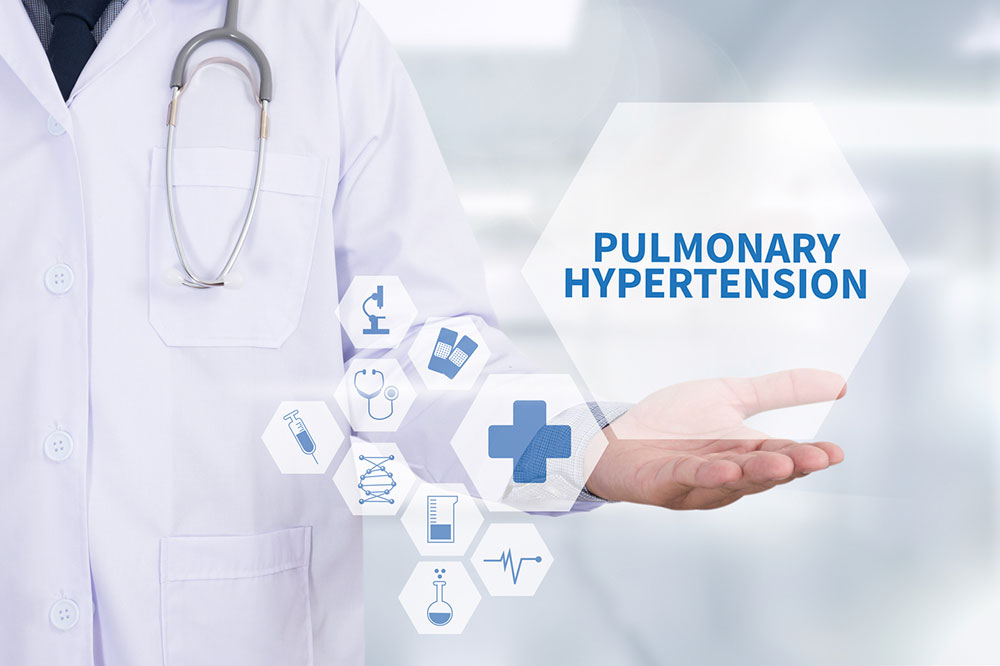Pulmonary Hypertension: Causes, Symptoms, and Prevention Tips
Learn about pulmonary hypertension, its causes, symptoms, and preventive strategies. Early lifestyle adjustments, regular monitoring, and medical care can manage this condition effectively, reducing risk and improving life quality for affected individuals.

Pulmonary Hypertension: Causes, Symptoms, and Prevention Strategies
The heart's main function is to circulate oxygen-rich blood to the entire body. It consists of a left ventricle, which pumps blood out to the body, and a right ventricle, which sends oxygen-poor blood back to the lungs for oxygenation. Normally, pressures in both ventricles are balanced, but increased pressure in the right ventricle leads to pulmonary hypertension.
What is pulmonary hypertension?
This condition occurs when the right heart side exerts excessive force to push blood through narrowed pulmonary arteries. Over time, these arteries thicken and constrict, causing the heart to work harder and increasing the risk of heart strain and failure.
This pressure increase can cause blood to back up, putting stress on the right ventricle and potentially leading to heart failure. Structural changes weaken blood vessel walls, causing narrowing that hampers blood flow. If untreated, pulmonary hypertension diminishes oxygen delivery to vital organs, posing serious health dangers.
Causes of pulmonary hypertension
The condition often results from various health issues, not just a single cause. Genetic predisposition may contribute in some cases. Risk factors include blood clots in the lungs, heart failure, liver disease, lung disorders, sleep apnea, and congenital heart anomalies. These factors can elevate the risk of developing pulmonary hypertension.
Recognizing symptoms
Initial signs include shortness of breath with activity, fatigue, and dizziness. As it advances, symptoms can intensify, such as:
Chest discomfort and persistent pressure
Fainting spells
Swelling in legs and ankles
Blue tint to lips and skin
Irregular heartbeat
Preventive measures
Early lifestyle changes are key to slowing progression. Recommended strategies include:
Monitoring pulse regularly
Keep resting heart rate between 60 and 100 bpm. Abnormal readings should be evaluated by a healthcare provider.
Maintaining a healthy weight
Achieving and keeping an ideal weight lessens the workload on the heart and lungs, enhancing circulation.
Healthy eating and exercise
Engage in at least 30 minutes of cardio daily, eating fruits, vegetables, whole grains, and lean proteins. Limit saturated fats, salt, and sugar.
Avoiding harmful substances and managing stress
Refrain from smoking, moderate alcohol intake, and practice relaxation techniques like breathing exercises to protect lung health and reduce hypertension risk.
While no cure exists yet, managing pulmonary hypertension through medication, supportive care, and lifestyle modifications can greatly improve patients' quality of life depending on severity and type.


